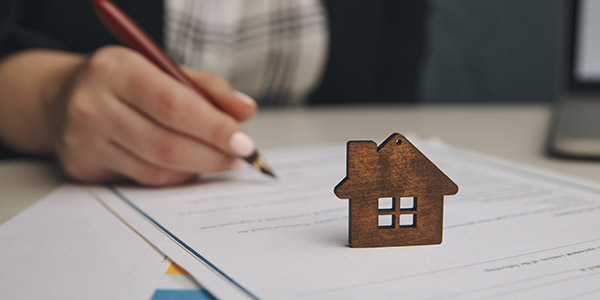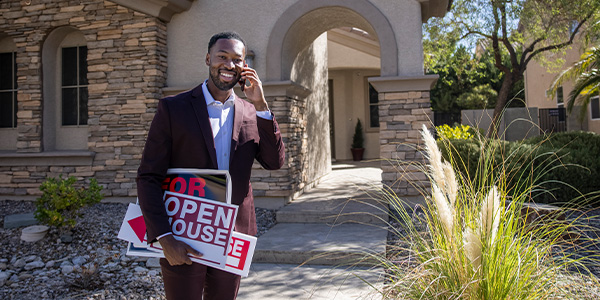Homebuyers
All About PMI
November 12, 2020
Well, it's time once again to discuss one of those crazy acronyms of the mortgage world. There are quite a few abbreviations that come up when you're getting a mortgage. One of those is PMI, which we'll discuss here in detail.
What is PMI?
PMI stands for private mortgage insurance. Private mortgage insurance is exactly what it sounds like insurance for your mortgage. But, even though the borrower pays for PMI, it doesn't protect the borrower. Rather, PMI protects the lender in the unfortunate event that a borrower is unable to pay their mortgage.
But there are upsides for both the borrower and the lender when it comes to PMI.
How does PMI work?
Many borrowers believe that you must have a down payment of 20% if you want to buy a home but that is not the case. And that's where PMI comes into play.
If a borrower is getting a Conventional loan and doesn't have a down payment of 20% of the home's value, lenders will require a borrower to pay for PMI.
PMI is typically paid out as a monthly premium that is added to any part of your mortgage payment.
Why does PMI exist?
As we said above, PMI is designed to protect the lender and pay them back for their investment should a borrower default on their mortgage. However, the existence of PMI allows borrowers who do not have a 20% down payment to buy a home or refinance their existing mortgage.
PMI is a fee that certain borrowers pay each month that help them get a mortgage.
Can you get rid of PMI?
The good news is that you can get rid of PMI once you reach a certain point in your loan payment.
Under the Homeowners Protection Act of 1998, PMI automatically ends once your loan balance reaches 78% of the original loan amount as long as you are current on the loan.
Put another way, once your equity (the difference between the amount of money you owe and what your home is worth) in the home reaches 22% based on the original value of the home, your PMI automatically ends if you are current on the mortgage.
On the other hand, you can ask to have PMI removed as soon as your loan balance reaches 80% based on the original value of the property (assuming the property has not declined in value).
Are there any other ways to move on from PMI?
If you have PMI on your current loan, you can also refinance your mortgage into a new one that doesn't have PMI if your home value has risen to the point where you have 20% equity in the home. Given the recent rise in home prices and decline in mortgage rates, it might be worth exploring your options to refinance if you currently have PMI. It's possible that you could refinance into a new loan without PMI and save on your monthly payments.
What about avoiding PMI altogether?
You don't have to pay PMI if you don't want to, but to avoid PMI, you will need to make sure you have saved up enough money to cover a 20% down payment on the house you want to buy. Or consider purchasing a less expensive home. Consider searching in different areas, looking at homes with less square footage, or even a home that needs some renovations. Buying a less expensive home will allow you to potentially build equity over time and use that equity towards the down payment on your next home.
Another option is simply to wait until you've saved enough for a 20% down payment. But, as we've discussed, there are certainly options for you if you want to buy a home with less than 20% down.
Even though PMI may seem like a bad thing, it's not. PMI makes it possible for many people to buy a home. They just have to pay that insurance premium each month to offset the risk the lender is taking.
If you still have questions about PMI, contact one of New American Funding's loan officers. They can guide your mortgage options, including which one makes the most sense for you.






 Smart Moves Start Here.
Smart Moves Start Here.